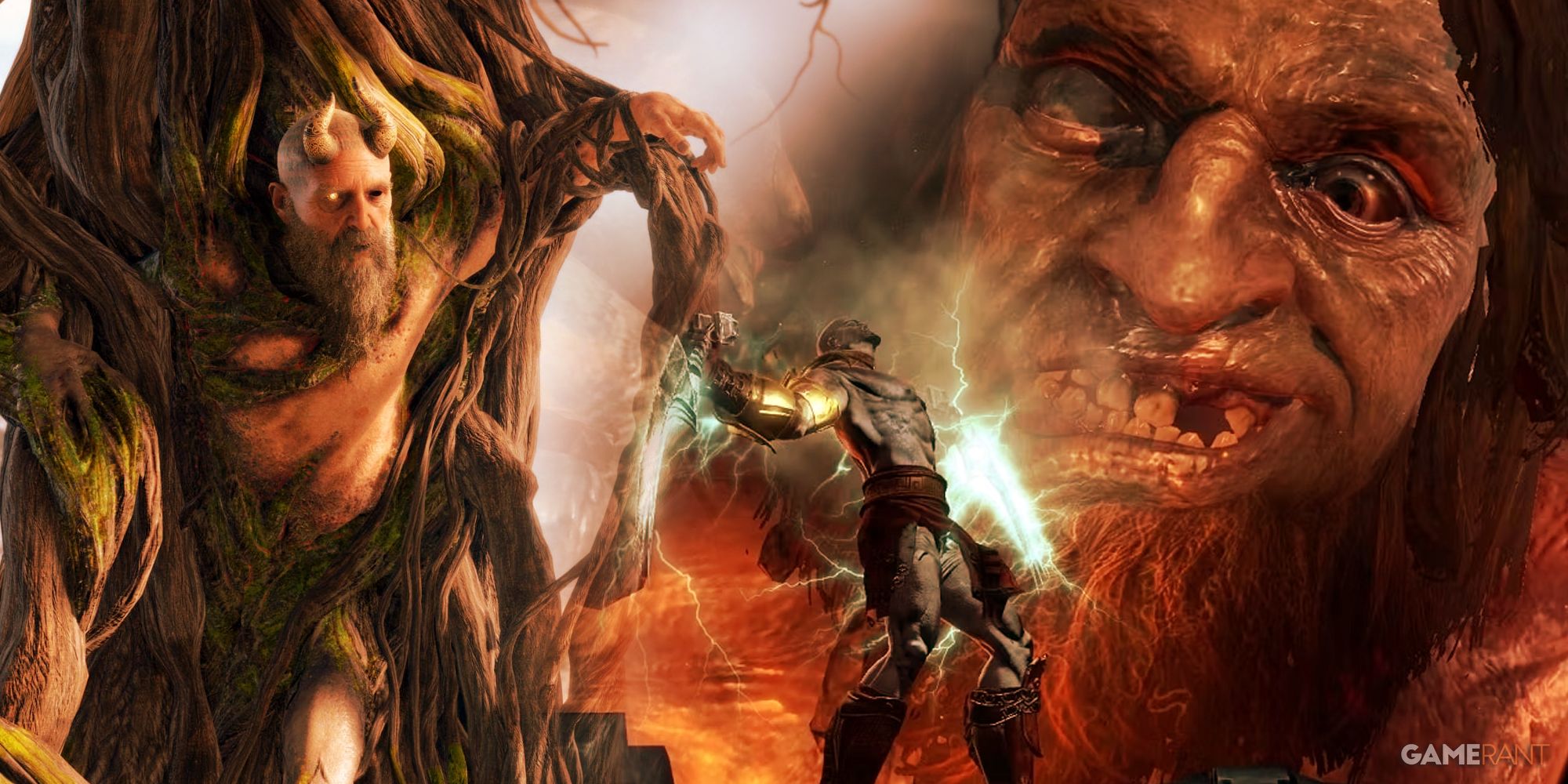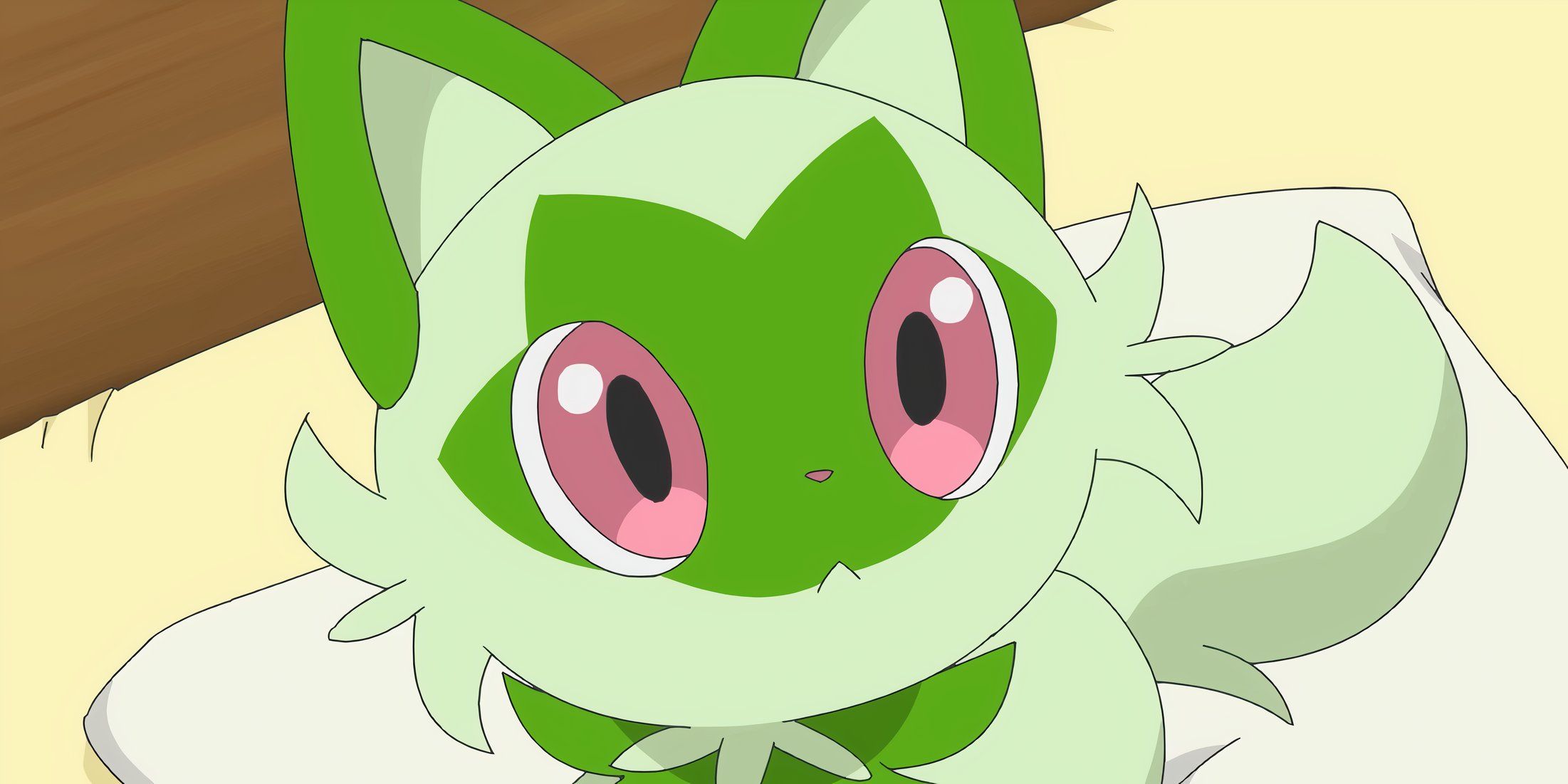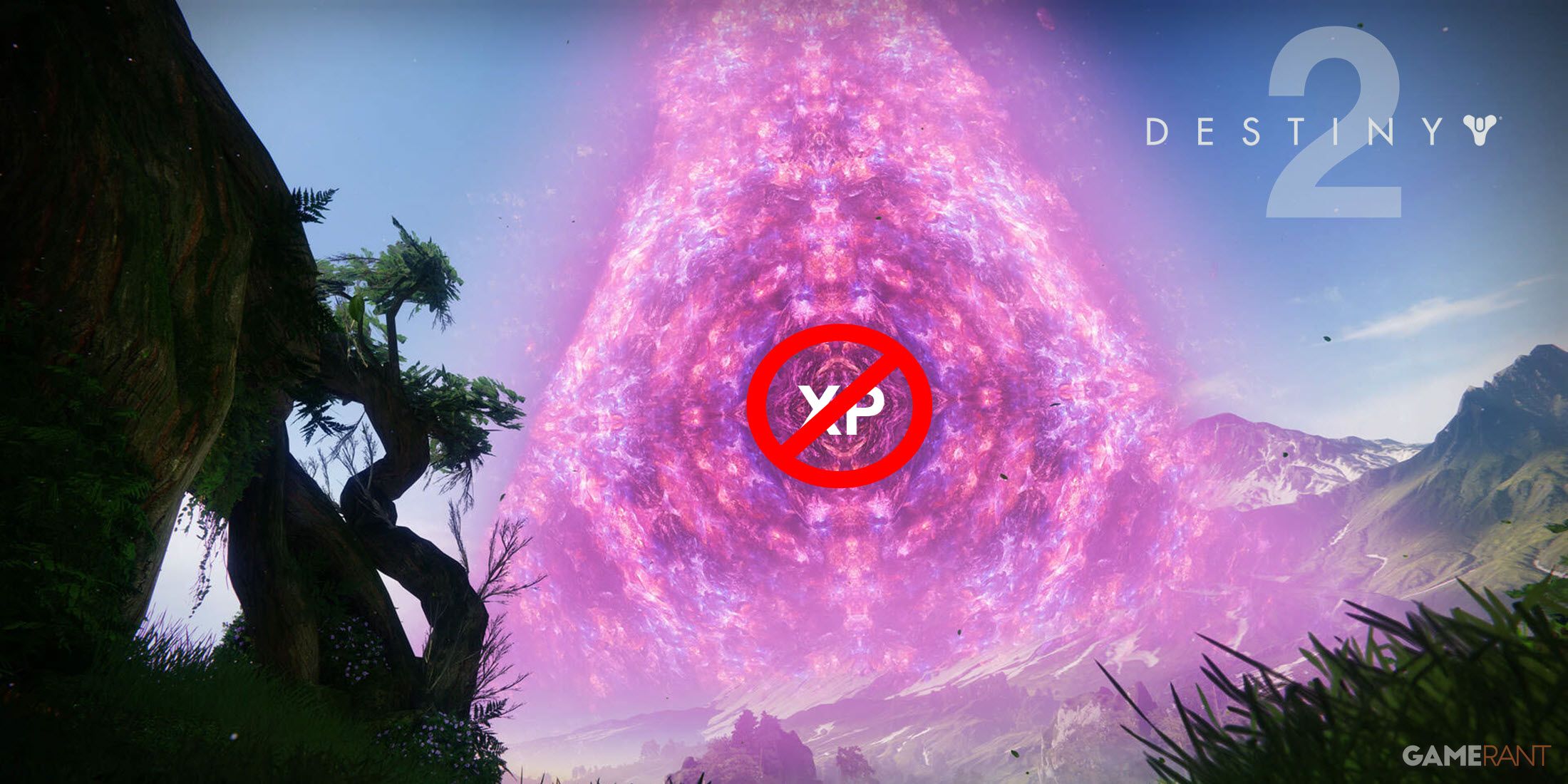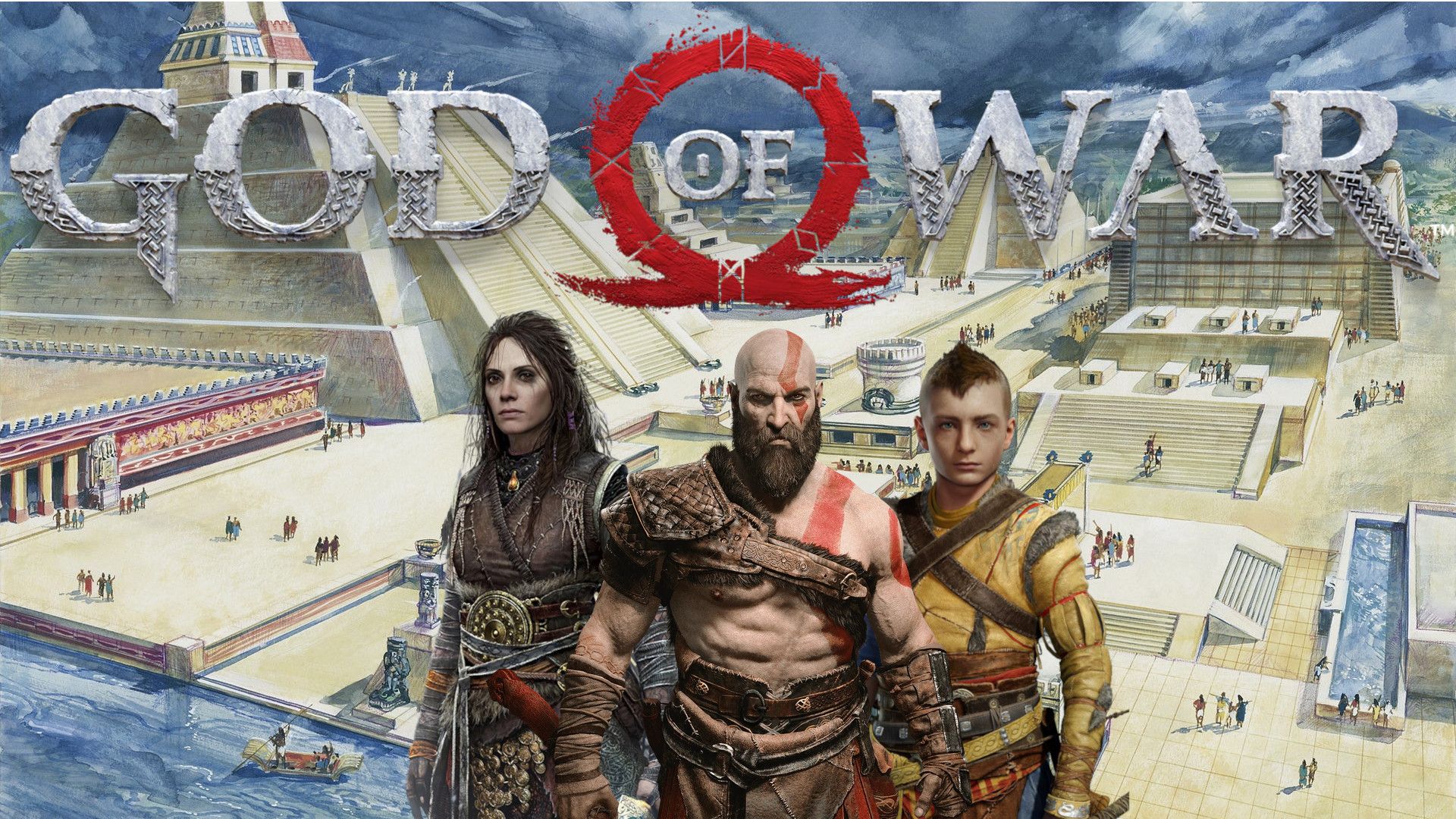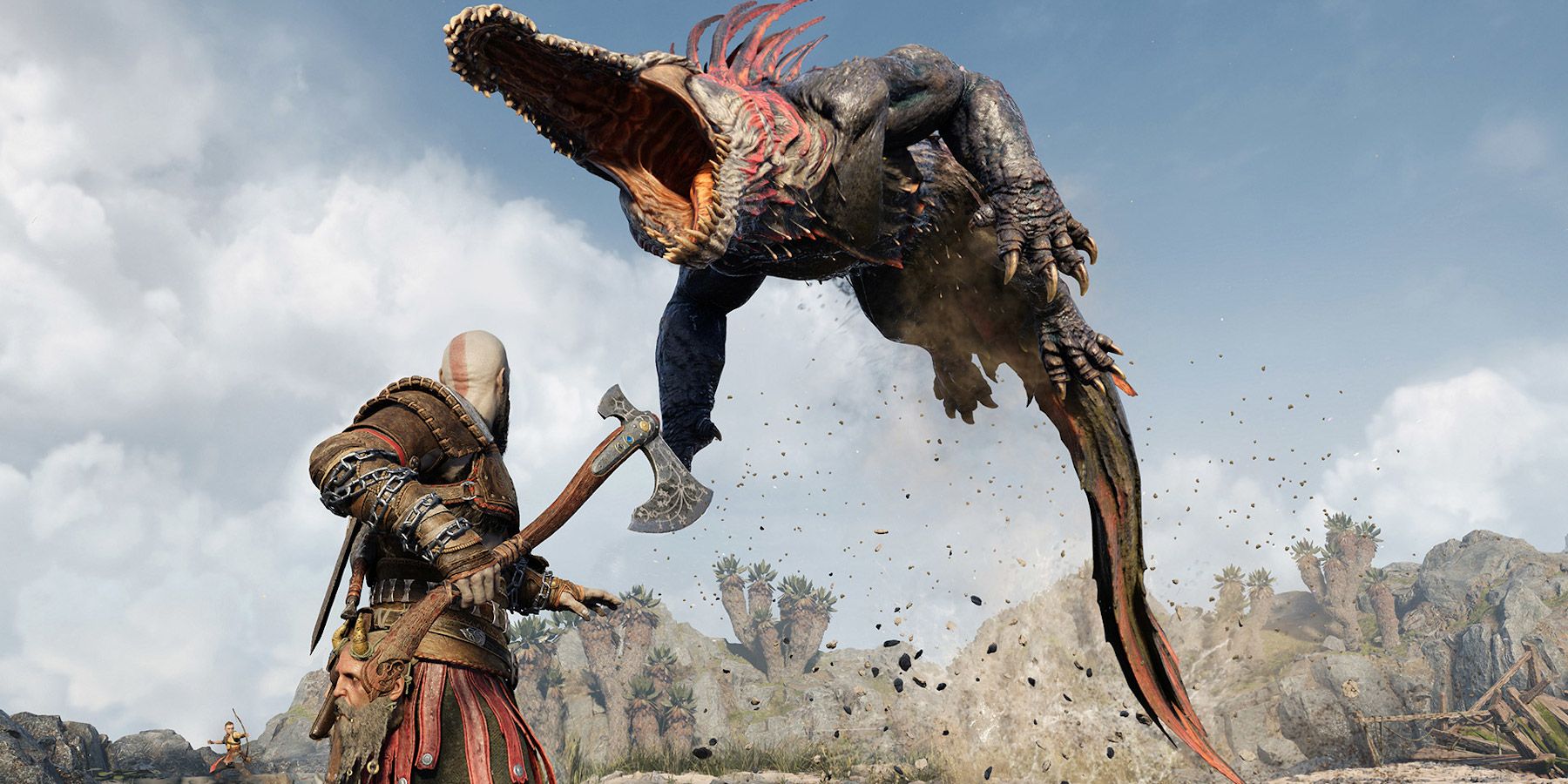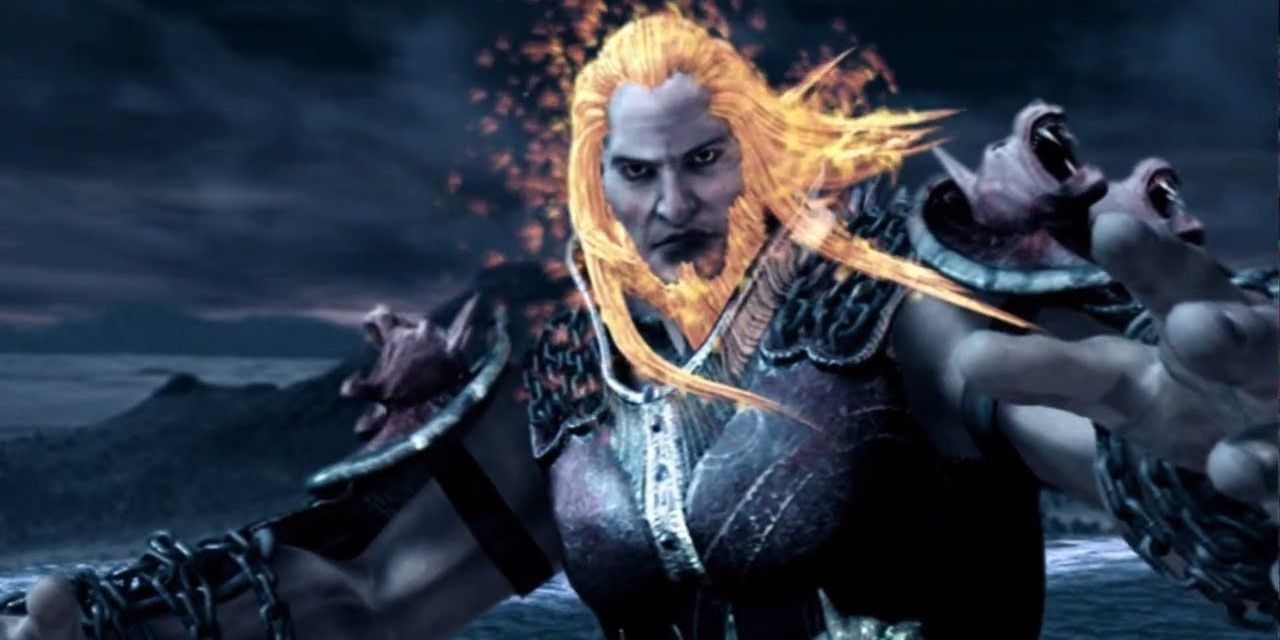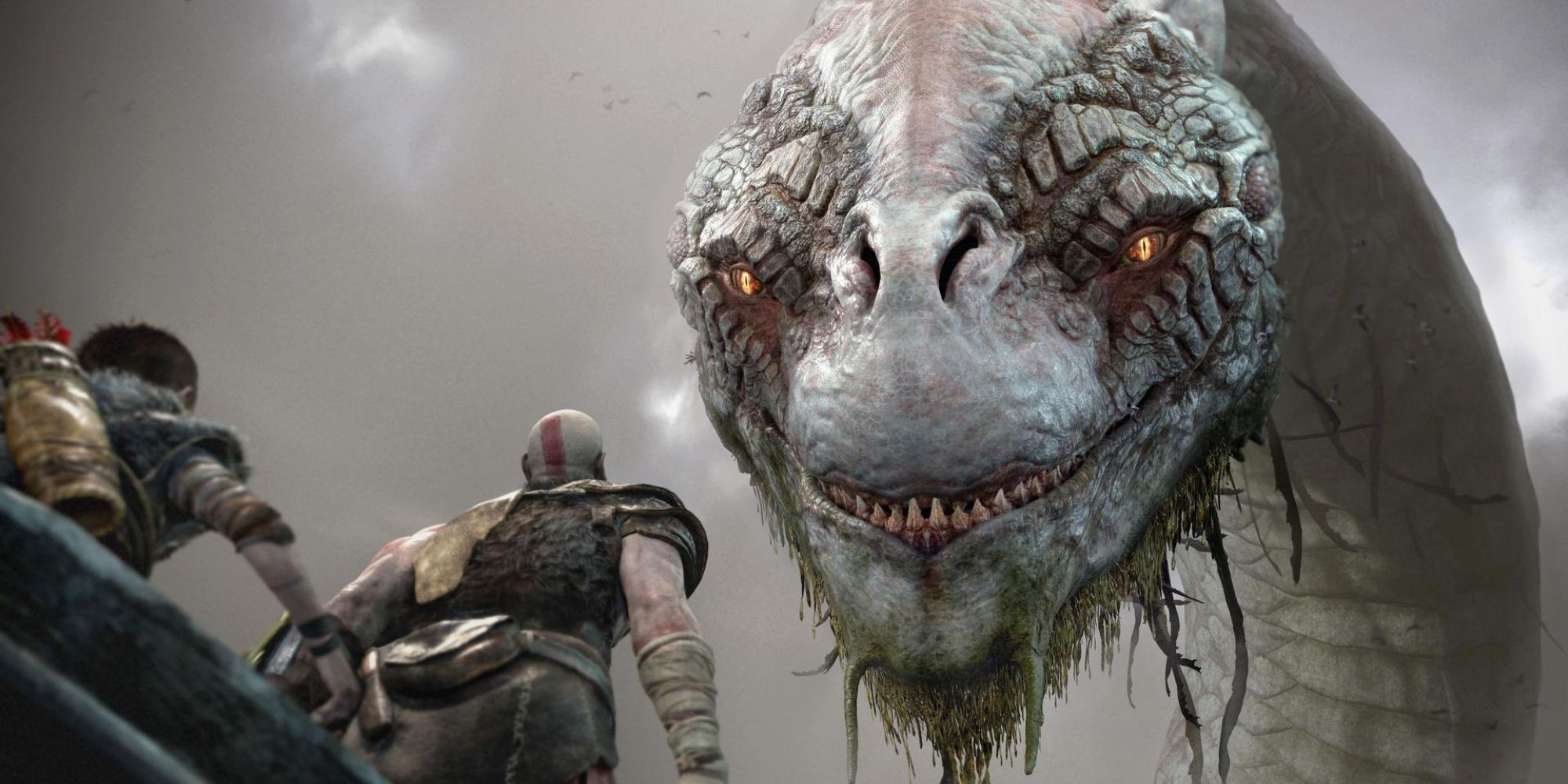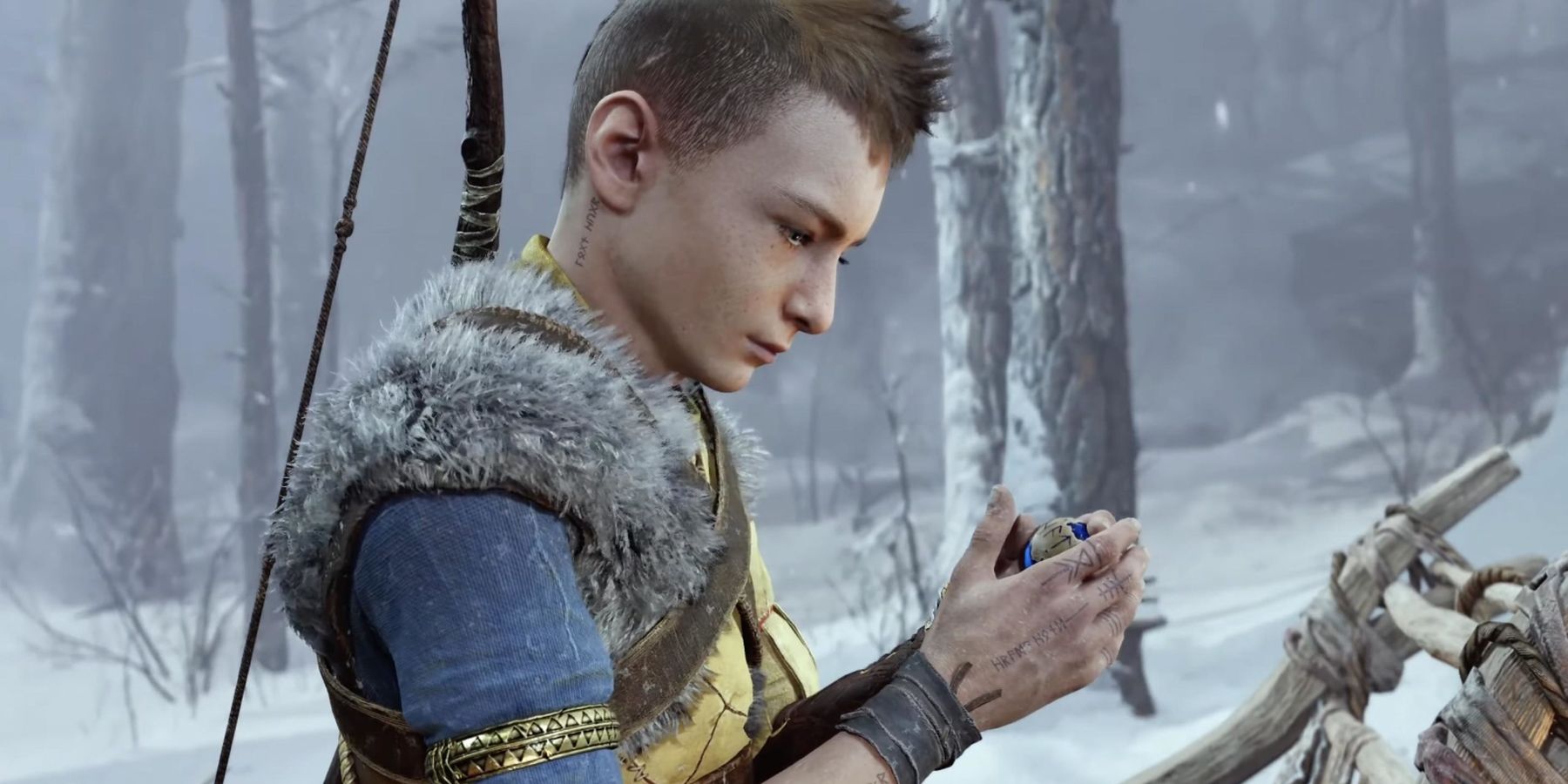The God of War series initially focused on the mythology of Ancient Greece, with Kratos going on a big quest that saw him tearing down most of their pantheon, with a few exceptions. There was not much left of Greek mythology when he was through, so when it came to reviving the games in 2018, Santa Monica Studios opted to instead experiment with Norse Mythology, which proved to be a resounding success.
God of War Ragnorak continued to build on its predecessor, and while there may still be room to continue, there is also a possibility of exploring other mythologies of different cultures. Egyptian is one possibility, but it would also be cool to dive into some less iconic myths that have not been explored as much by other games. If Kratos can go from Ancient Greece to the early Middle Ages, why not travel halfway around the world to Mesoamerica? Doing so would unlock opportunities to explore the disturbing world of Aztec mythology.
Aztec mythology can be pretty intense. Norse mythology only has one apocalypse in the form of Ragnorak. In Aztec mythology, four apocalypses have already happened, and there is always a fifth one just around the corner that can only be stalled by spilling human blood. The main reason the Aztecs performed so much human sacrifice is that they believed that failing to do so would literally mean the end of the world. Much like how God of War took advantage of Ragnorak, it would make sense to explore the apocalyptic themes of Aztec myth, and there is no shortage of strange and unsettling characters to choose from.
Due to a lack of pop culture depictions of Aztec deities, images included are of characters from the God of War series with similar traits
5 Cipactli
The Aztec creation myth has the four main gods born into an empty universe where there is only a primordial ocean. Their initial attempts to build humans in this environment are hindered because the ocean is occupied by a monster known as Cipactli. This creature, sometimes described as being crocodile and/or fish-like in appearance, is a ferocious beast with way too many mouths who was always hungry and would devour anything. Cipaclti would just eat any humans the gods tried to create, so eventually Quetzalcoatl and Tezcatlipoca teamed up to defeat it. They eventually killed Cipactli and used its remains to build the universe, except Cipactli was not completely dead so the gods had to appease it with regular offerings of blood.
Cipactli sounds like the kind of monster that would make a fitting boss for God of War, although its status as the literal building blocks of the world might make that difficult. The developers could conceivably have parts of it appearing as regular enemies, but seeing as Cipactli survived its apparent death, one approach could be centered around it trying to restore its original form and seek revenge on Quetzalcoatl. This would allow a boss fight against something more closely resembling Cipactli's primordial form, which would be pretty amazing to see rendered in-game.
4 Coyoxhauqui
The moon was a subject of great fascination to many older civilizations, mainly because they were unable to access it and a lot of its nature was a mystery prior to the 20th century. Naturally, a lot of them had moon deities: Selene/Luna, Thoth, Máni, and Amesemi. Aztec mythology, unsurprisingly, has its own dark twist with the lunar goddess Coyoxhauqui. She was the one daughter among four hundred sons born to Coatlicue, the Earth spirit. Coatlicue somehow managed to give birth to two gods, Quetzalcoatl and Xototl, after a confusing incident involving a handful of feathers. For some reason, Coyoxhauqui and her brothers decided this was too much and decided to kill their mother. When that didn't work, Huitzlilpochtli fought back and killed them all. Coyoxhauqui became the moon and her brothers became stars. Only, they weren't actually dead and wanted revenge. This is the Aztec's explanation for the day/night cycle. Literally Huitzilopotchli being chased around the earth trying to prevent his vindictive sister from destroying everything.
Coyoxhauqui could theoretically serve a few different roles in a God of War game. The Norse iteration broke convention by casting Odin, often framed as a tragic anti-hero, as the primary antagonist. If the game wanted to do a similar take on Huitzilopotchli, it could cast Coyoxhauqui as an ally. The way she has been consumed by a desire for vengeance could be used to make a nice parallel to Kratos. However, successfully killing Huitzlilopochtli would also cause the end of the world. This would make her a logical contender for a big boss fight, and Kratos has not had to fight the moon before.
3 Huitzilopochtli
Many pantheons have a designated god of war, sometimes multiple ones: Ares/Mars, Tyr, Hachiman, The Morrigan, Montu, Nergal. Kratos himself took the title after overthrowing Ares. For the Aztecs, that role is filled by Huitzilopochtli, who was also the god of the sun and a central figure in their beliefs. He was also one of the main reasons human sacrifice was so readily practiced, as the Aztecs believed he needed blood to survive. It is said that if Huitzilopochtli's death would start the fifth apocalypse, a bit like how Baldur's death marks the start of Ragnorak. He was also associated with hummingbirds, which were seen as reincarnations of fallen warriors.
The connection to human sacrifice would make Huitzilopochtli a logical choice for an antagonist, especially if the game wanted to take advantage of the apocalyptic themes in Aztec mythology. He could certainly be framed as a ruthless tyrant abusing his power for selfish ends much like the series has done with Zeus and Odin. The only problem is killing him would cause an even bigger catastrophe, though that moral uncertainty could certainly be worked into the story. Naturally, he would have to have a big boss fight as well, possibly making use of his sun-god status.
2 Quetzalcoatl
There seems to be a common trend of mythologies featuring giant snakes and serpents- Apophis in Egyptian, the Hydra in Greek, the World Serpent Jormungandr in Norse, Vasuki in Hindu, Falak in Arabian, Tiamat in Sumerian. Even Christianity has the Leviathan. Aztec mythology continues the trend with Quetzalcoatl, the feathered serpent god. There is some dispute over his exact role in Aztec beliefs, though he is commonly associated with the wind, rain, and sun. Some stories place him as the creator of humanity or a patron of arts.
Given the limited information about Quetzalcoatl, it would be hard to adapt him perfectly from the mythology. Any attempt would be guesswork at best. However, this does leave some flexibility for the developers and offers a few different ways he could be portrayed. He could conceivably function as an ally, similar to the Midgard Serpent in 2018's God of War. As a creator god whose efforts have been repeatedly thwarted by multiple apocalypses, he could be motivated by a desire for stability.
However, there are some interpretations that frame Quetzalcoatl as a more menacing figure, and he could act as a boss. Given some of the strange things Kratos has had to fight, a giant snake doesn't seem that crazy. They could even take some inspiration from the Midgard Serpent and have a portion where Kratos has to fight Quetzalcoatl from the inside.
1 Tezcatlipoca
A lot of mythologies have their agents of chaos: Loki, Eris, Anansi, Lugh, Wisakedjak, and Laverna. For the Aztecs, this role was filled by Tezcatlipoca, god of night and chaos, though to call him "chaotic" might be an understatement. He played a major role in defeating Cipactli and building the universe from its remains, but his attempt to act as the first sun ended with him causing the first apocalyptic cataclysm by literally raining jaguars onto humans. All three of the subsequent ages (each marked by a different god acting as the sun) also ended with fantastical apocalypses that can be traced back to Tezcatlipoca's meddling. Causing the end of the world four times (with the possibility of a fifth) is more than can be said for a lot of trickster deities. Not even Loki can claim that achievement.
Based on his mischievous nature and propensity for destruction, Tezcatlipoca would make sense as a boss. Trying to prevent him from setting in motion yet another apocalypse could certainly be an important plot point. From a gameplay perspective, the developers could take advantage of a few things. He is often described as being elusive. His name literally means "smoking mirror." A boss fight against him could make use of this ability, requiring the player to find a way around it. He also has a strong association with jaguars, which could be incorporated into combat, maybe even with a "raining jaguars" ability to use on the player as he did in the myth.

